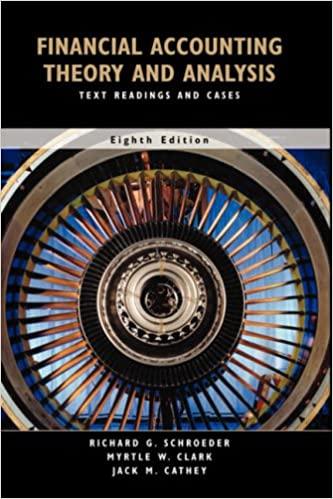

You are trying to value a subject company that has a September 1 fiscal year end. Today is May 9, 2019 and you are gathering all information TODAY to generate forecasts that will be used as valuation model inputs. Assume the subject company publishes its 10-K's exactly 6 weeks after the fiscal year end and 10-Q's exactly 2 weeks after the period end. How many quarters of activity must you forecast when estimating the annual net income that will be reported on the next published 10-K? Sudo AWN 3. Acquirer Company buys Target Company. Target's pre-acquisition balance sheet at historical cost showed Total Assets at $730,000 and Total Liabilities at $420,000. Upon acquisition, Acquirer revalued Target's identifiable assets at $1,285,000 and liabilities at $675,000. Assume the purchase price accounting identified the Goodwill is associated with the acquisition at $350,000. How much did acquirer pay for Target? (i.e. what was the purchase price?) suso $ 350,000 $ 405,000 $ 660,000 $ 960,000 $ 1,215,000 EBIT For the next two questions, assume the following: $8,450,000 Net income $5,000,000 Depreciation $700,000 Amortization $100,000 Interest expense $1,500,000 Income taxes $1,950,000 Capital expenditures $750,000 Increase in working capital $900,000 Net increase in long-term debt $200,000 Assumed Tax Rate of 28.05% 26. How much is the computed net free cash flow to equity? a. $5.25 million b. $4.35 million c. $3.95 million d. $4.15 million 27. How much is the computed invested capital net free cash flow? a. $5.40 million b. $5.65 million c. $5.23 million d. $4.15 million 40. A firm's market-to-book ratio might be greater than 1.0 due to accounting reasons. An example of an accounting reason that would cause the market-to-book ratio to increase is a. using LIFO versus FIFO for inventory. b. off-balance-sheet assets arising from investments in successful research and development programs that are expensed according to conservative accounting principles. c. straight-line methods of depreciation. d. level 1 fair values. You are trying to value a subject company that has a September 1 fiscal year end. Today is May 9, 2019 and you are gathering all information TODAY to generate forecasts that will be used as valuation model inputs. Assume the subject company publishes its 10-K's exactly 6 weeks after the fiscal year end and 10-Q's exactly 2 weeks after the period end. How many quarters of activity must you forecast when estimating the annual net income that will be reported on the next published 10-K? Sudo AWN 3. Acquirer Company buys Target Company. Target's pre-acquisition balance sheet at historical cost showed Total Assets at $730,000 and Total Liabilities at $420,000. Upon acquisition, Acquirer revalued Target's identifiable assets at $1,285,000 and liabilities at $675,000. Assume the purchase price accounting identified the Goodwill is associated with the acquisition at $350,000. How much did acquirer pay for Target? (i.e. what was the purchase price?) suso $ 350,000 $ 405,000 $ 660,000 $ 960,000 $ 1,215,000 EBIT For the next two questions, assume the following: $8,450,000 Net income $5,000,000 Depreciation $700,000 Amortization $100,000 Interest expense $1,500,000 Income taxes $1,950,000 Capital expenditures $750,000 Increase in working capital $900,000 Net increase in long-term debt $200,000 Assumed Tax Rate of 28.05% 26. How much is the computed net free cash flow to equity? a. $5.25 million b. $4.35 million c. $3.95 million d. $4.15 million 27. How much is the computed invested capital net free cash flow? a. $5.40 million b. $5.65 million c. $5.23 million d. $4.15 million 40. A firm's market-to-book ratio might be greater than 1.0 due to accounting reasons. An example of an accounting reason that would cause the market-to-book ratio to increase is a. using LIFO versus FIFO for inventory. b. off-balance-sheet assets arising from investments in successful research and development programs that are expensed according to conservative accounting principles. c. straight-line methods of depreciation. d. level 1 fair values








